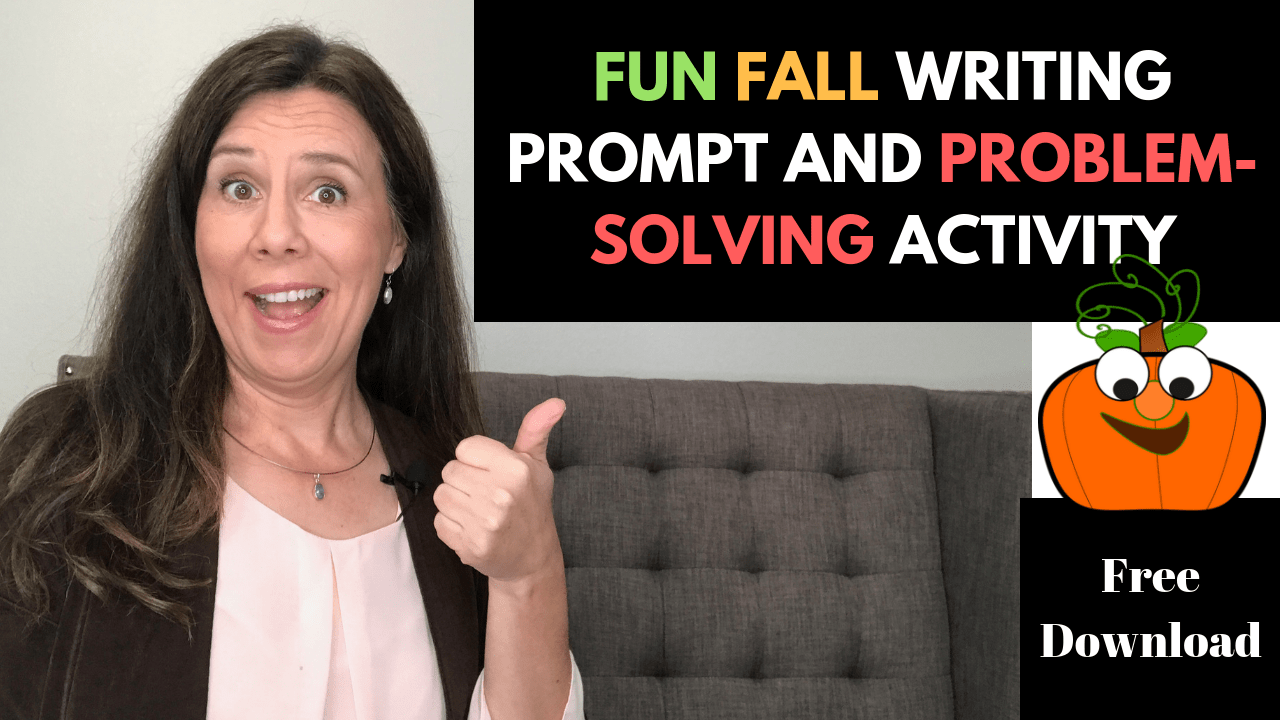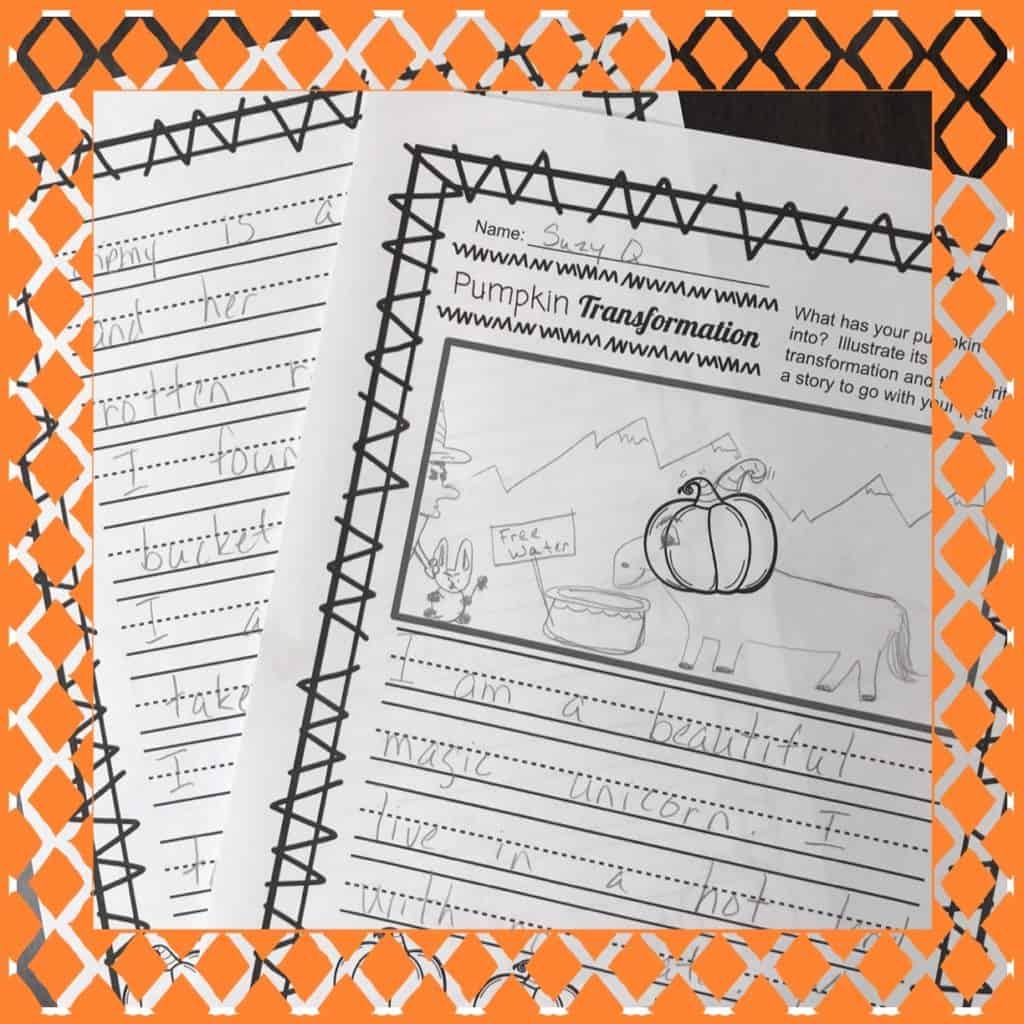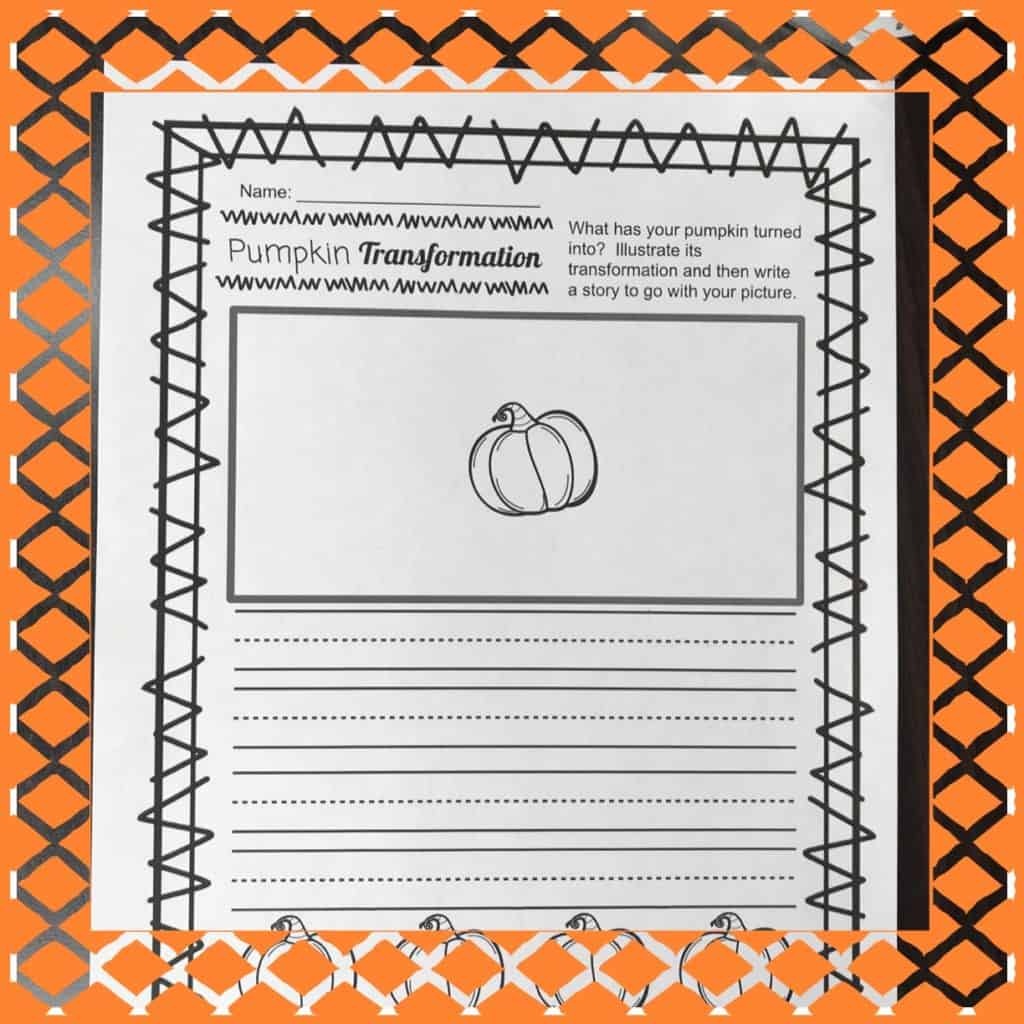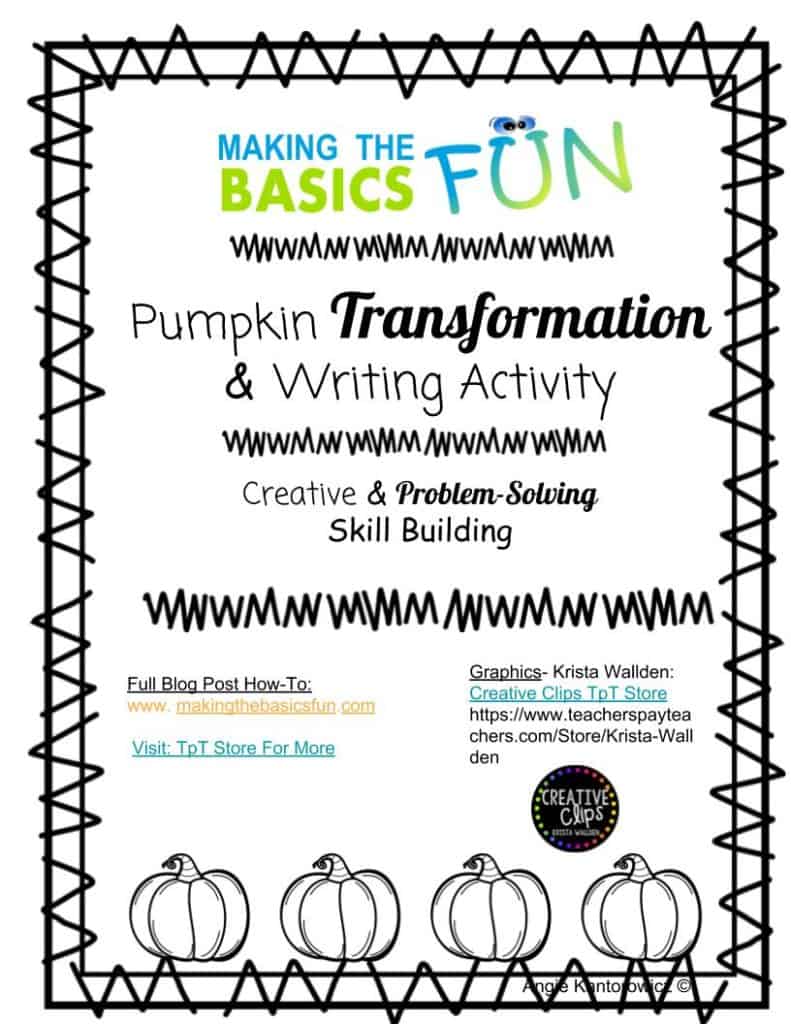Share Like A Boss
Develop the Creative and Problem-Solving Mind With Transformations and Writing
Can students get too much creative and problem-solving practice? We’ve all heard the studies about the 21st-century job market. Jobs will belong to those who have solid academic skills, and… to those who have creative and problem-solving skills. (Gulp, a little nervous for my own kids…. They gotta’ be rich to support me in my old age. smile, smile, wink)
But, do we spend as much time as we should practicing in these areas? Here is a great activity that is easy to prep, high engagement and packed with skill building galore.
What is a Transformation?
I learned about Transformations back in the late 80’s early 90’s from a program called Talents Unlimited. (Yep, I’m that old. No wisecracks from you younguns’.) Long story short, a transformation is an object turned into something else. Like a circle can turn into an eye. A triangle can turn into an ice cream cone-cone. (Cone-cone???? Humm, I think I just made up a word.) You get the idea.
Use a Transformation To Teach Creative and Problem-Solving Skills.
Yep, it’s pretty easy to see how a transformation can increase your creative thought. However, we are going to push that creative muscle a bit. How? By getting rid of some of the obvious (and dare I say easy/lazy) answers students will come up with. Hope you are ready for this free, fun, fall activity.
Model, Model, Model
I say this a lot, but I will say it again. -To make this an amazing lesson, you must model each step before you let students loose to do it independently. It adds more time to this lesson. A day, … it adds a day… but… think how easy your lesson plan prep with be. Long projects can be good.
You Are Their YouTube, So Model
Whatever you want your students to do they have to see you do it first. They need to hear your thinking. They need to have that experience. (It’s like you are their own private YouTube video)
Step 1- Brainstorming- Beginner Level Brainstorming
You know how to do this. You remind the class that there are no wrong answers. They come up with as many varied and unusual things a pumpkin can become. You write them down on something everyone can see and refer to later.
Advanced Level Brainstorming-
Everyone needs to contribute at least one ideas. There needs to be at least 20-30 ideas on the board and any of the answers given CAN NOT be used. (But don’t tell them that until you have 20-30 ideas on the board.) In other words you are getting rid of the lazy ideas so that they can find the really creative and unusual ideas.
Tell them it’s ok to be frustrated and uncomfortable. That’s what it feels like to build the creative brain. It hurts. It’s frustrating. It is worth it.
PS…Beginner Level Brainstorming- Instead of eliminating the first 20-30 ideas let the beginner pick from those. Or they can come up with their own. I would say don’t do the advanced level with any class under 4th grade unless it’s the end of the year or you’ve done a lot of modeling and a lot of practice. I once tried it with 3rd graders but I actually had some kids cry…. MEAN TEACHER… Their little brains were not ready for it.)
Step 2- Select Your Idea And Ask Some Questions
This is where it gets fun. And it should also get real quiet. You select your brainstorm idea and then you start to ask questions about the new object. It is pre-writing/drawing at its best.
Here’s some questions you can ask your new object
-Where is it located? Inside, outside? Now in time? In the past? In the future? How did it get there?
-What is it used for? What is its purpose? How did it come to be in existence?
-Who or what uses it? Is it to help or harm?
-What color is it?
What is it worried about? What is it happy about? What will it do tomorrow and what problems will it have?
These are just a few questions that will help to start the story process in the brain. They will give this new object a story.
Step 3 -Draw
This is creative and problem-solving skill building. When we draw, our brain is planning, analyzing and problem-solving. It is starting to bring the story about our object into focus. It slows the thinking down and starts to add detail to the story. I don’t know how it does it. But at least in my observation it does.
Drawing is essential to good writing.(And by design, built right into this activity.) Even seasoned writers will sketch or in the least use a mind map. There is just something to it.
Some Will Excel at the Drawing Others Not So Much…. It’s OK
The focus here is not coming up with a Picasso. The focus here is adding detail and spending enough time to let the brain develop the story. Keep asking yourself the questions up above and then think of a beginning middle and end. It’s the creative process and sometimes it’s messy.
Word of Warning
Set a timer and tell your students they will work for this “x” amount of time. Some students would spend hours and hours on their picture. Others are going to be done in 30 seconds (Literally, I’ve timed it.) This process takes time. Have them draw past their comfort. That’s when the brain is going to come alive. Daydreaming strongly encouraged here.
Step 4 -Time to Write- Rough Draft
DraftI never, ever, ever, get too crazy about a rough draft. And I never, ever, ever, encourage anyone to edit as they go on the first draft. Our brain is using two different parts when creating and editing. If you want to get creative …. don’t edit in this step.
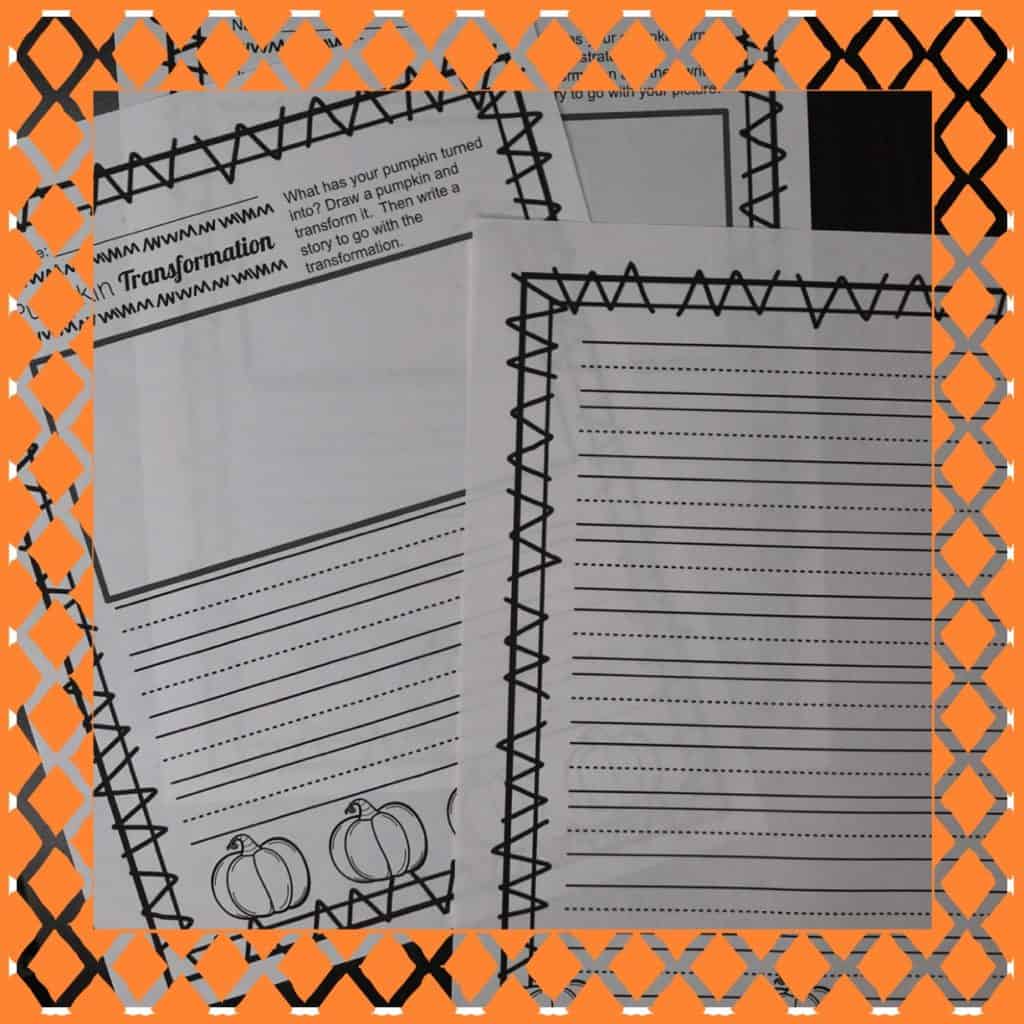
Step 5- Optional Step
Many times when students do creative writing and practice creative and problem-solving skills it is OK to just be done. But… If your students are loving this and you feel the need, then move to step 5 which is edit/publish.
Optional Final Edit??? Do the Picture Too???… YEP!!
Editing can be an important last step. Bringing something to completion even when it’s not perfect is a skill I struggle with (Can I hear an “amen”?)
If you do decided to edit/publish then I would suggest that the transformation gets “edited” too. Allow your students to add to the picture. Like before, it will open their brain to ideas about their story.
Depending on age, the edit step will look different. The First graders can check their own paper for the basics: capitalization, punctuation, clarity. Then the expectations of students goes up from there. In the end the teacher or other “editor” will need to give each paper a once over. Not an easy job.
Display
This is a fun project to display in a book or in a gallery in the hall. Reader and passers by love to read and see what the pumpkin has become. It is truly amazing how the readers start to come up with ideas of their own.
Winner, Winner Chicken Dinner
Students love to reread their stories and the stories of others. I’ve even had students go through this process during free writing time.
You know it’s a winner winner chicken dinner when they do it on their own.
Freebie Grab
Make sure to grab your freebie. It’s easy to prep and it’s a great fall themed project. If you are looking for another writing project head over to this blog post and use “The Blueberry Pancake Problem” for another fun writing project.
If you want “The Blueberry Pancake Problem” pdf book for your classroom for free. Sign-up off to the side where you see the cute blueberry face and I will get the pdf and free resources sent to your inbox.
Until Next Time
You are amazing. I know sometimes, especially in the fall, the honeymoon is over with some of your students and things start getting tough. Hang, in there, and don’t be afraid to ask for help. If you want to talk with me…. I’m here. No judging. I’ve made every mistake you can think of. I’ve been a horrible teacher friend, and I’ve been a really mean, horrible teacher, but, I have learned from my transgressions and although I don’t have all the answers I’m a really good listener.
Share Like A Boss

